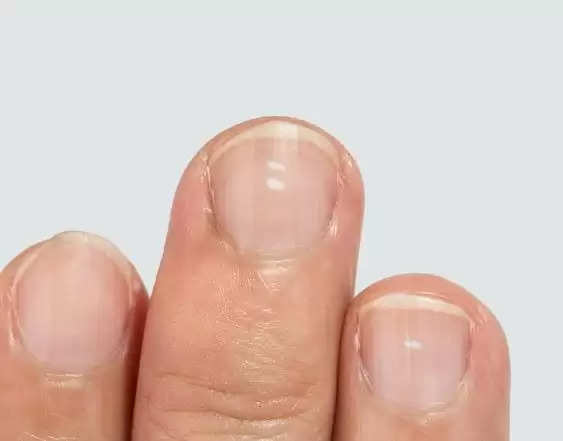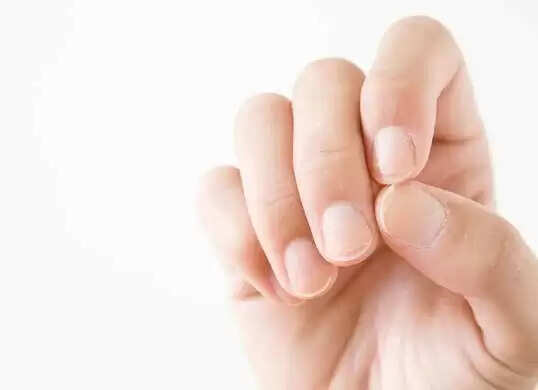What Your Nails Say About Your Health: 5 Abnormalities to Look Out For
Noticing pale nail beds or dark lines? Clues to potential health problems are right at your fingertips.

Maybe you spend so much time trimming, shaping, buffing, and painting your nails (or have a professional do it all for you) that you don't spend much time looking at them. And that means you can lose the pale or dark spots, streaks, and odd colors that might indicate something is wrong with your body.

The problem is not black and white when it comes to white or pale nail beds. If your fingernail beds look a little ghostly, you may have anemia, a blood disorder characterized by a low number of red blood cells. "Anemia as a result of low iron levels can lead to insufficient oxygen in the blood, causing the skin and tissues to become pale, especially the tissues under the nails,

Yellowing or thickening
Yellow nails certainly sound worrisome, and what causes the discoloration: "Thick nails, with or without a yellowish tone, are characteristic of a fungal infection that usually permeates the entire nail bed," Dr. Agarwal notes. And topical medications often don't help because the infection is in the nail bed and underlying nail plate, she adds. Your doctor may prescribe oral meds that will reach the entire width of the infected nail.
Dark lines
Even if you diligently check your skin monthly for suspicious moles, you may be overlooking your nails, a place where dangerous melanoma often goes unnoticed. "Dark brown or black vertical lines on the nail bed should never be ignored," Dr. Agarwal warns. "This can be a hallmark sign of melanoma, which requires early detection and treatment," she says.
pitting and grooving
Depression and small cracks in your nails are known as "pitting" of the nail bed and are often associated with psoriasis, an inflammatory disease that leads to scaly or red patches all over the body. "Individuals with psoriasis develop clusters of cells along the nail bed that clump together and block the linear, smooth growth of normal nails," Dr. Agarwal explains. "As these cells close, grooves or depressed areas are left behind on the surface," she continues. Diagnosis often requires a physical exam, after which your doctor may recommend topical, oral or injected medications or light therapy.
Brittle, thin or lifted nails
Breaking nails can be a bummer, but if your tips are cracking at the slightest touch, it could mean your thyroid is out of whack. This gland in your neck controls metabolism, energy and growth, and too little thyroid hormone often leads to hair loss, brittle and thin nails, and slowly growing nails, white lines.
Stripes on your nails are only a good thing if they are painted. Horizontal white lines that extend across the nail, are paired and appear on more than one nail are called muharkei lines. Dr. Agarwal says this could be a sign of kidney disease, liver abnormalities or a lack of protein and other nutrients. "They are thought to be caused by disruption of the blood supply to the nail bed due to an underlying disease," she explains.
